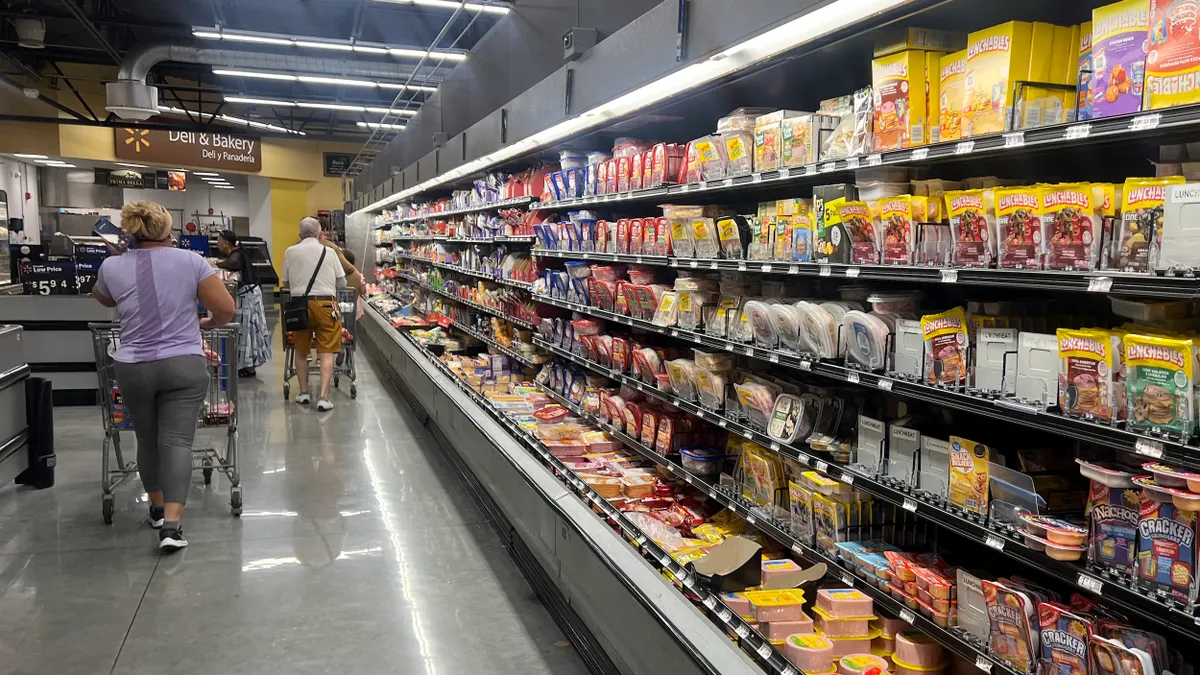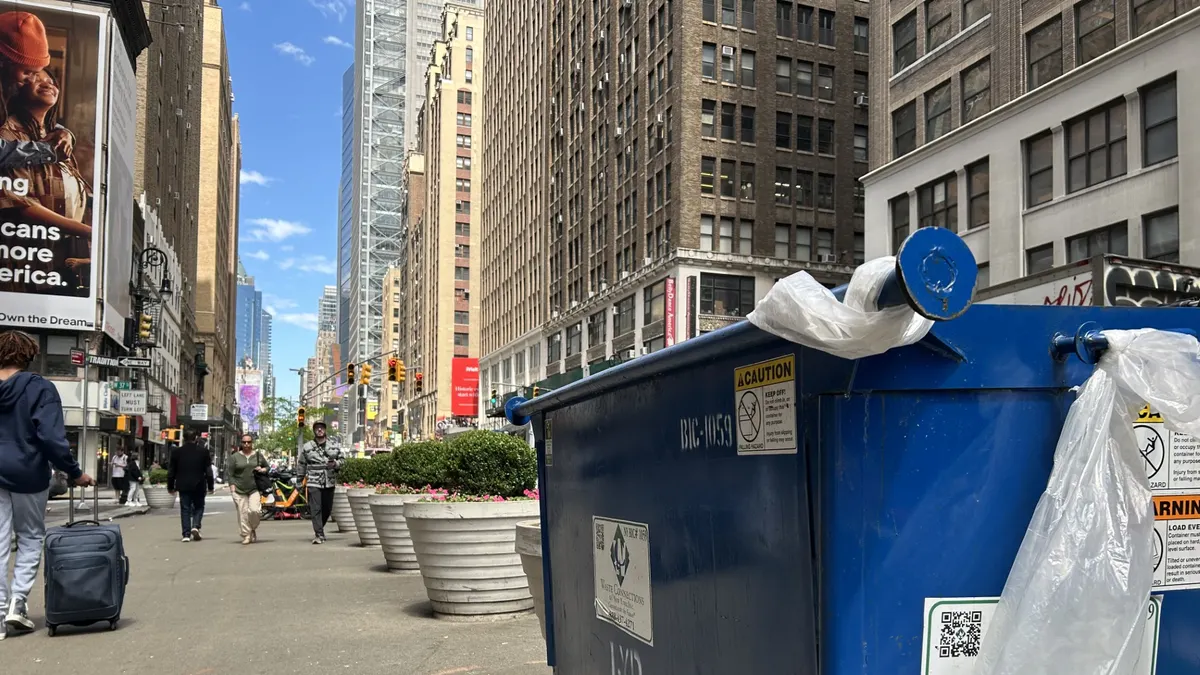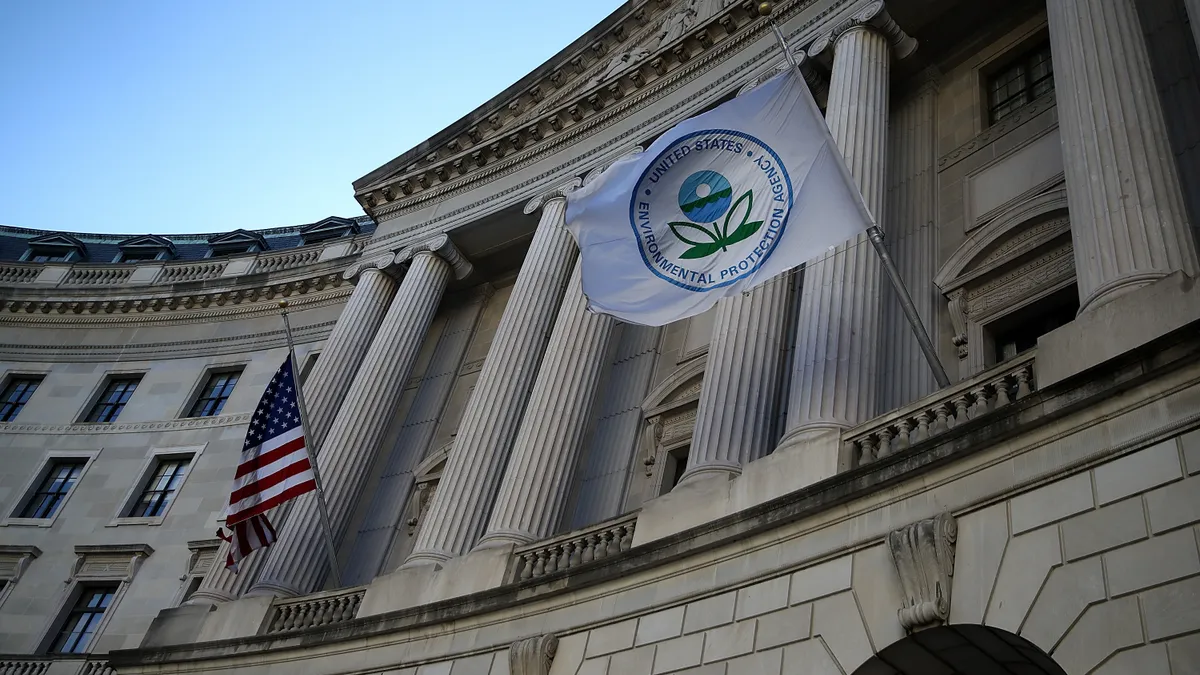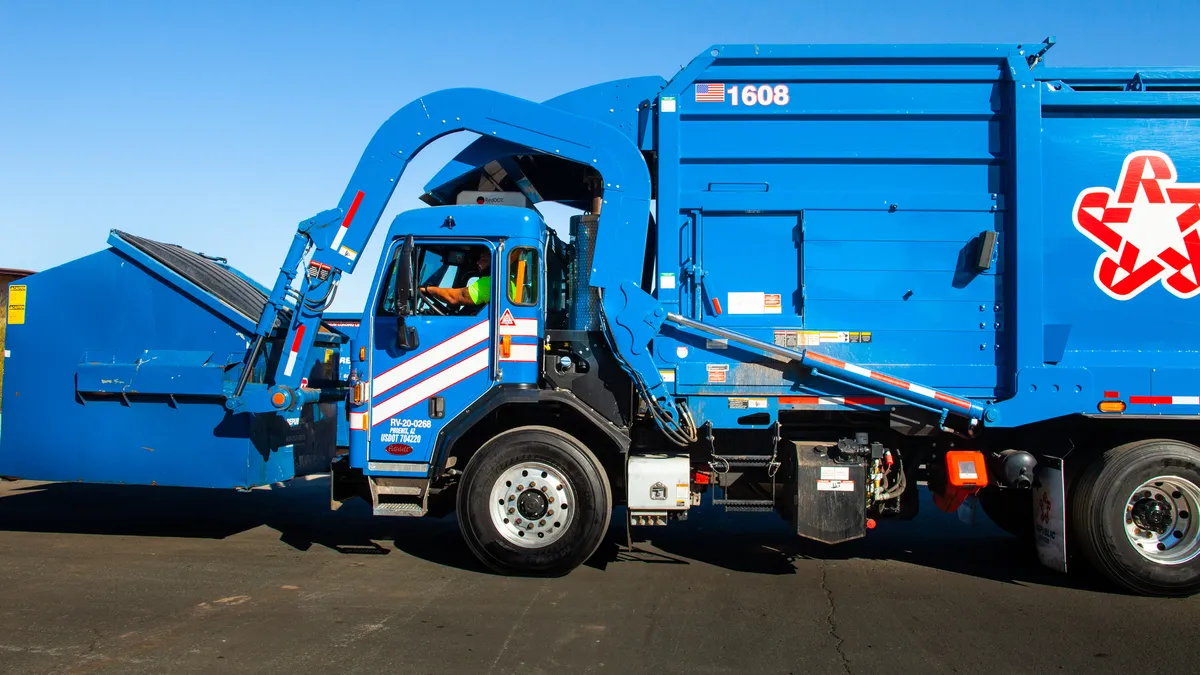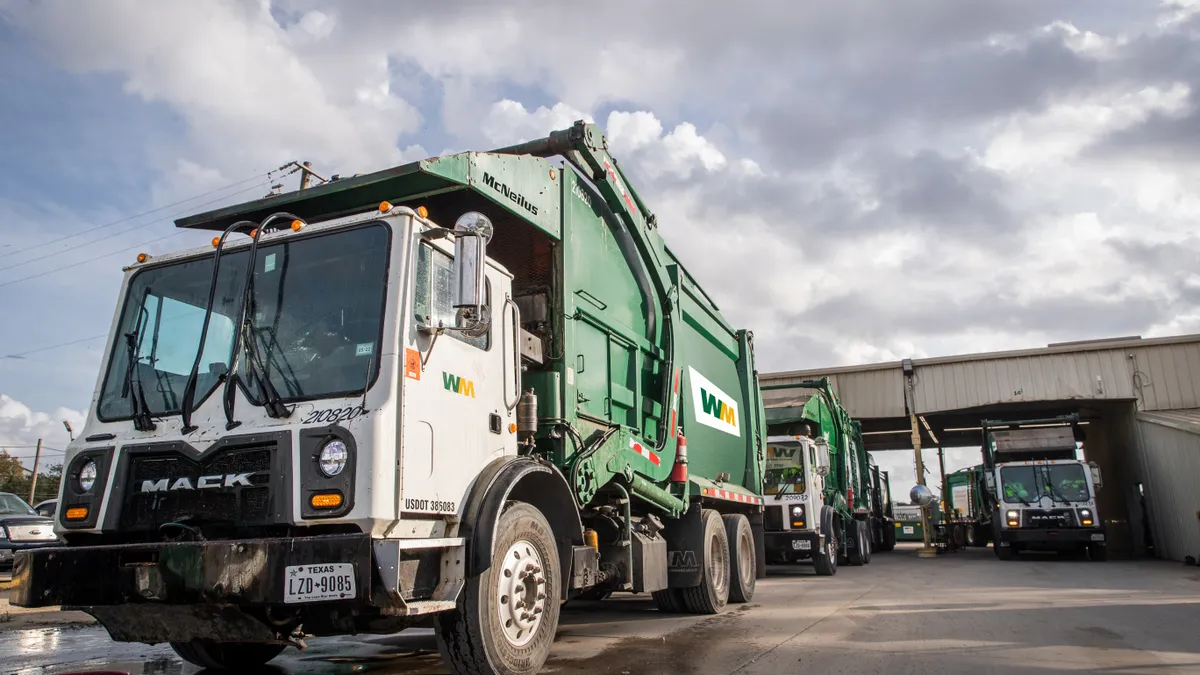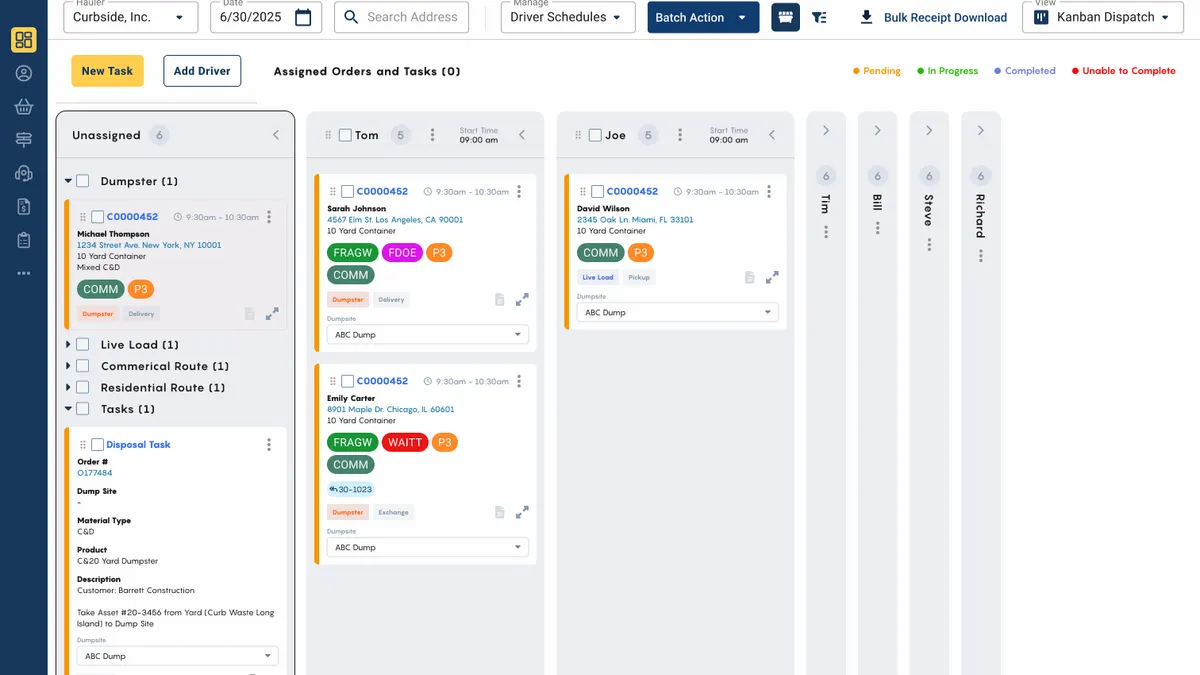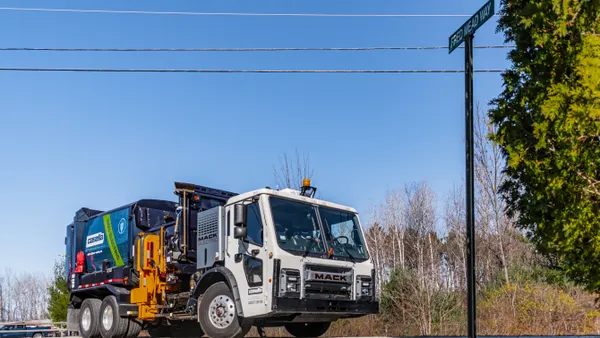As more women and non-binary people join the waste and recycling industry, some professionals are also creating more spaces for them to network and foster leadership roles in a traditionally male-dominated sector.
Rachel Oster and Melissa Young are among the waste industry leaders who believe connecting women across the industry can create better job opportunities and infuse companies with new operational and leadership ideas.
Oster — co-founder of networking group Women in Solid Waste & Recycling — has a background in waste and recycling policy and consulting, including multiple years working in operations for Recology. She is the owner and principal of consulting firm Diversion Strategies.
Young, the director for the Center for Sustainable Community Solutions and Environmental Finance Center at Syracuse University, is the chair of W4R, a group within the New York State Association for Reduction, Reuse and Recycling that connects women looking for professional development and career support.
Though the waste and recycling industry has evolved in recent years to diversify its workforce, they said additional action is needed to bring more women into the industry and support them as they reach for leadership roles. WISR and W4R, formed in 2017 and 2018 respectively, approach this through mentoring programs, in-person meetups and webinars on topics like leadership, tech and personal branding.
“Women's leadership brings a distinctive dimension that ensures a more collaborative network,” Young said. “Connecting and working together allows us to make the sustainability change that we envision.”
Waste Dive talked with Oster and Young about how waste companies and nonprofits can take steps to support diversity at all levels of their organizations and the importance of having targeted support for women’s leadership in the sector.
This conversation has been edited for clarity and brevity.
WASTE DIVE: In addition to your main jobs in the waste industry, you're also leading women-focused networking groups. What makes gender diversity in the industry such an important initiative for you?
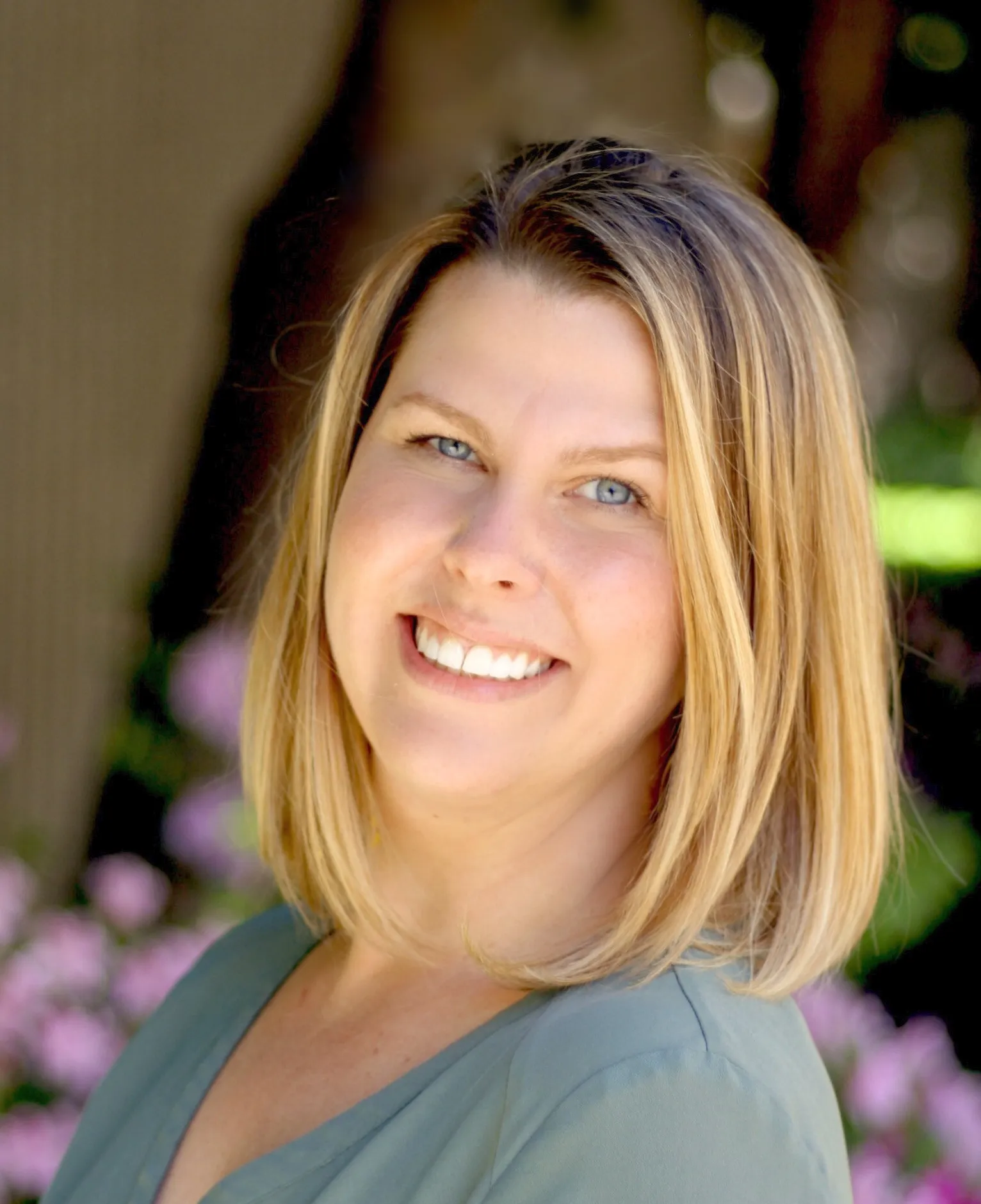
RACHEL OSTER: Once I got into operations [at Recology], I started seeing that all women are leaders, and there can be leadership at all levels. In my role as executive vice president, I had the opportunity to look under the surface of many different companies and collection contracts.
Even though the general manager position [at these companies] was usually a man, the office manager was [usually a woman] and was really the one who understood the pulse of the organization. They interfaced with the drivers and customer service, but that they were being drastically held back in terms of their career growth and opportunity to make day-to-day decisions.
This is still a very male-dominated job. All of this manifests as limiting leadership opportunities for women or being put in roles where they are not anointed as a leader, even though they were absolutely leading, whether or not they have that title.
One of the major gaps I saw was that there wasn't a network where women could participate because it required women to become “one of the guys” to participate in a golf trip, a hunting trip. I really felt like there needed to be this space to be feminine, be yourself and feel safe to do so within the industry. That's my path to starting WISR.
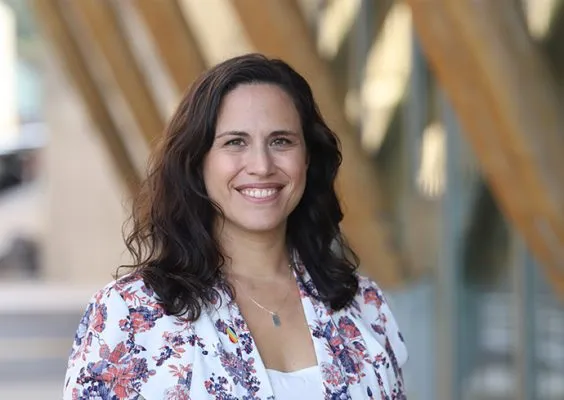
MELISSA YOUNG: When we created W4R in New York, it was because several of us at NYSAR3 meetings kept coming together and having side conversations. I don't know if we realized that at the time, but we had such a strong urge to create a close-knit network of women in the industry. That's the direction W4R took pretty quickly: how do we learn about each other? How do we see each other more, or, through COVID, connect virtually? How do we kick down those barriers when we see each other in person to create those connections a lot easier?
OSTER: A big takeaway from talking to so many women in the industry is that the best thing for women to do is not try to adapt to the male-dominated culture, but to really feel so strong within themselves and their own identity. Every time WISR does a webinar or a networking event, it's really about creating a safe [place] for people to express their authentic selves so that when they're back in a space that has been built around a more patriarchal style, they can still affect change by being themselves.
YOUNG: That's an important point, because even when we're sitting in a room filled with women, the work is not over. Sometimes, even in a room filled with women, we're still in many ways speaking the language of men. Yes, there are more women that are doing the work at a management level and that's great, but a really conscious revolution still needs to happen.
What does it look like when the spaces you’ve created and the conversations women are having in these spaces translate to a broader work environment to affect some type of change?
YOUNG: It’s when you see people collaborate. We’ll be on a virtual call together, hearing about what everyone is working on, then emailing each other after and launching a new project together. The more connections that are made, the more women are leading projects together. At least in W4R, that network is trying to be as welcoming of a space as possible for everyone, and sometimes that does include men who come in and out of those meetings. When people [feel comfortable] and keep coming back, that’s when those interactions happen.
OSTER: It has been really cool to create a space for women who wouldn't traditionally be brought into networking opportunities. Maybe there’s a customer service rep who is new to the industry and they’re excited to be talking about recycling issues with customers. They ask, “well, how do I grow?” A place like WISR would be a place where they could meet someone like the recycling coordinator for their local jurisdiction. Being able to create a connection allows them to become more of an important voice, and that connection is meaningful because this industry is so reliant on relationships.
Where are you seeing shifts in how the industry is actively promoting and supporting diversity in leadership, and being open to new working styles and ideas? And where does the industry still need to improve?
YOUNG: I see this being done well at a much more local level with smaller community-based organizations and nonprofits, because the leadership is local and the engagement is local. This is a model for larger organizations and companies to build from.
Out of our W4R group, we have created a [diversity, equity and inclusion] committee, which has kind of evolved into a membership committee as well. So NYSAR3 is on that path along with other industry organizations. There's an effort to make change, but I think that we're all kind of in the beginning of it in terms of bringing on the larger-scale, larger-sized organizations. There's a lot of work to do.
OSTER: There has been some change [in larger companies] where we see women in leadership roles. What kind of drives me crazy, though, is when there is diversity at the top of these hierarchical large corporations, but it doesn’t match the diversity in the field. When your board of directors matches your driver demographics, that’s when I’ll feel like you’ve done a good job.
YOUNG: The challenge, too, is how to get there. Even with a company’s best of intentions, that takes extra work and effort. There’s the question of how to fast track getting more diverse people at companies and organizations. And how do we get them to [W4R and WISR] events to hear their stories and connect with them and empower them?
OSTER: We want everyone to look internally at their [business] structures and see that diversity goes beyond gender. It goes beyond socioeconomic status. We really want them to measure it and show their numbers, their data. We need to be more realistic about what our diversity really looks like in the industry and start being public about that, because we need to know where we stand if we really want to achieve true diversity in leadership.






